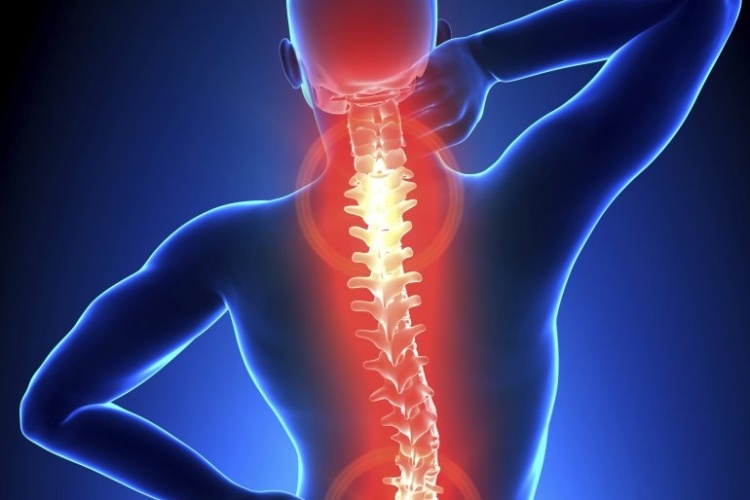The field of sports and other physical activities is no stranger to injuries. It is not uncommon for individuals who engage in sports—whether professional or otherwise—to sustain an injury or two in their lifetime, whether big or small.
Its frequency, however, does not change the fact that having an injury is a frustrating experience. For athletes especially, the damage could be a crucial setback in their training programs. Whether the injury resulted from a fall, a misstep, or heavy contact, the player needs professional help. Without it, the athlete risks further harm and lessen their chances of fully recovering.
People with sports injuries work closely with their physicians and physical therapists throughout the healing process. They will be monitoring your recovery and will create exercise programs that will help you get back on track. Thus, you need to turn to reliable hospitals and physio clinics Singapore patients trust. This way, you can feel assured that your recovery is in good hands.
For a closer look at how the healing process works, take a look down below.
Unloading Phase
The “unloading phase” refers to the immediate period after sustaining an injury. In this stage, you need to minimize the swelling and attend to any bleeding and cuts. The proper way to address an injury highly depends on what type of injury you experienced. For soft tissue injuries like strains and sprains, follow the RICER protocol: Rest, Ice, Compression, Elevation, and Referral. On the other hand, joint injuries (like knees, shoulders, elbows, ankles) require specific types of treatment. Hence, the best way to move forward is to call the on-site physician and go to the emergency room, as needed. Athletes may be required to minimize movement during this time to avoid further pain and damage to the area. Bear in mind that depending on the degree of damage, treatment may include casting, bracing, or surgery.
Restoring Normal Physiology
After addressing the injury, you can now focus on getting better. The physician and physical therapist will design a treatment program that will help you accomplish a speedy yet effective recovery. During this period, remember to take things slow and not force yourself to get better. Doing so may lead to further harm and only prolong the healing process.
1. Maintaining Physical Health
Just because you sustained an injury in one part of your body does not mean you have to quit physical activity altogether. It will serve you better, in the long run, to stay in shape while your injury is healing.
Follow the exercises that your physician and physiotherapist created and be extra careful with moving the injured limb or joint. Eat healthy foods as well and take the medication your doctor prescribed.
2. Improving Strength and Range of Motion
Once the physician and physical therapist determine that the injured body part is safe to move, you will start doing exercises that will slowly strengthen that area. The physiotherapist will help you do light exercises that will gently increase the injured part’s range of motion and make it stronger at the same time.
3. Focusing on Balance and Agility
Once the injured limb or joint is strong enough, you can move on to exercises that will improve your balance and agility. The main goal of this stage is to help you recover coordination lost during the injured part’s immobilization. Hence, you will be performing exercises that will help the injured area feel in tune with the rest of the body.
For people who sustained an injury in the lower extremities, expect to do some light jogging, rope jumping, and brisk walking. Meanwhile, people who experienced an upper-body injury may do some light lifting and throwing.
4. Functional Training
This is the final stage of the recovery process. For this part, you will be performing movements and exercises that mimic the motions of your sport. It will further reinforce the injured area and make it strong enough to meet the sport’s demands. Expect to use protective tape and other supportive gear during this stage.
To accomplish this stage, the supervision and direction of your physician and physiotherapist are paramount. Your training regimen comprises highly technical exercises structured to ensure your safety while preparing your body to return to play.
Taking Care of Mental Health
Throughout the healing process, you need to take care of your emotional and mental health as well. Sustaining an injury can raise feelings of stress, anger, and frustration. It can be significantly disheartening for a lot of athletes.
Thus, you need to make sure to stay on top of your mental health and seek professional services, as needed. Communicate frequently with family, friends, the coaching staff, and other players. When you feel frustrated about your progress, remember that the duration of healing varies for everybody, and talk with a close friend or counsellor for an open-hearted discussion.
Once your presiding health professionals have determined that there is minimal risk of additional harm, you can go back to playing your sport. To prevent getting injured, make sure to do warm-up exercises first and ice the healed areas as needed after heavy training.
